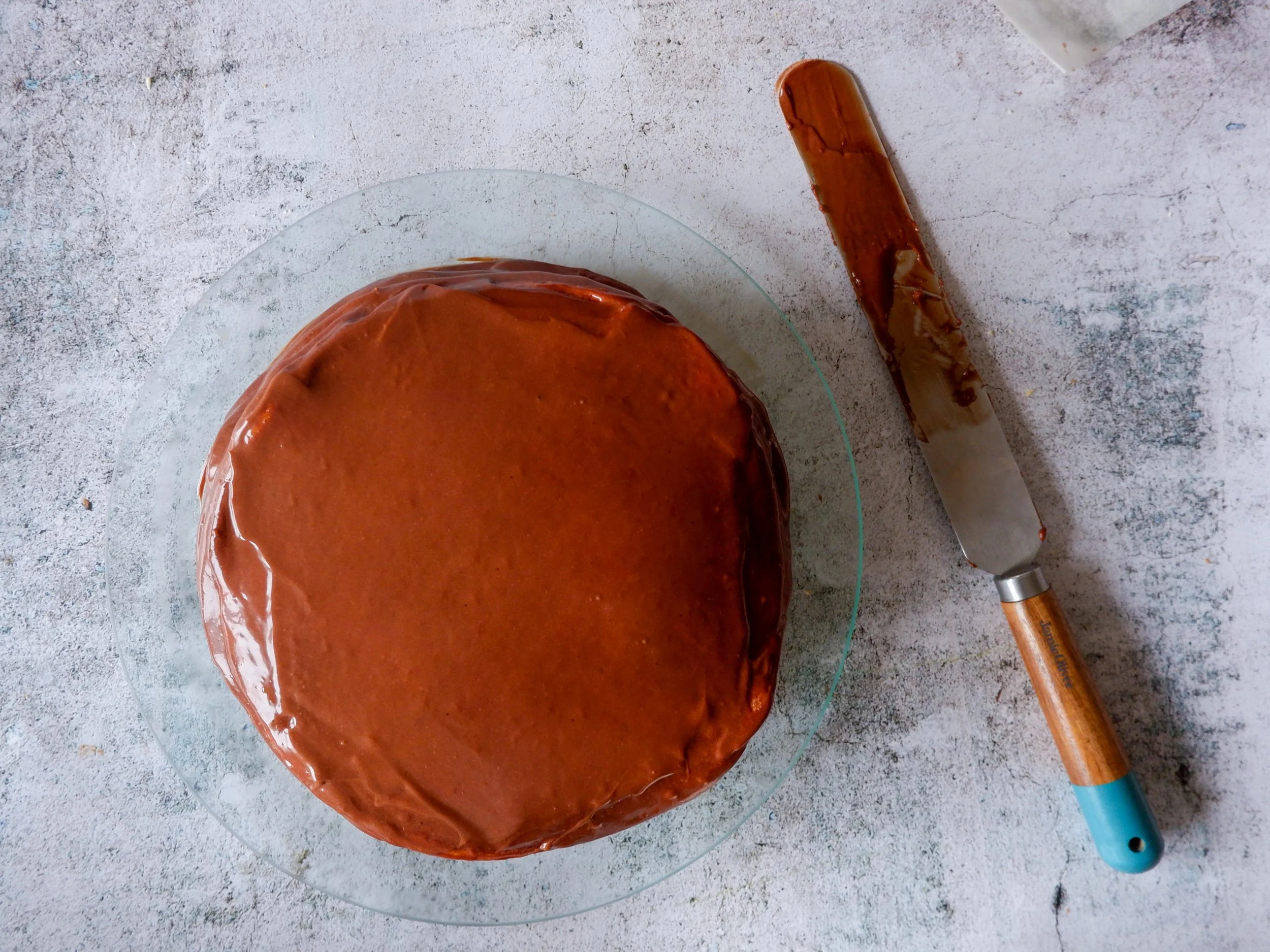Dobos Torte
Dobos torte is the most famous Hungarian cake consisting of sponge layers, chocolate buttercream layers, and a hardened caramel sponge layer covering the top.
It is named after it’s inventor, József Dobos, who came from a family of cooks going back generations. He first revealed his creation in 1885 at the National General Exhibition in Budapest. The elegant pavilion showcasing his torte attracted, among others, the royal couple, Queen Elisabeth and Emperor Franz Joseph, who couldn’t resist the newest sensation. Dobos served them the cake personally.
The cake quickly became popular throughout the Austro-Hungarian Empire. In part this was the case because it held really well and could be shipped around Europe. Dobos even designed special wooden boxes to keep the cakes cool and intact during shipping.
Many pastry chefs had tried to imitate Dobos’ cake, but more or less without success. To put an end to all the bad imitations of his cake, Dobos donated his recipe to the Pastry and Honey-bread Makers’ Guild in 1906. That eventually allowed the Dobos Torte to become the legend it is today- not just in the lands of the former Austro-Hungarian Empire, but worldwide.
This recipe was provided by a family friend from Ljubljana, who has been making Dobos cake for decades.
Recipe
Ingredients:
Sponge layers
6 eggs (about 320 g)
265 g flour
320 g sugar
6 tbsp water
juice of 1 lemon
Chocolate buttercream
6 eggs
250 g sugar
8 g vanilla sugar (can be replaced with 1 tsp of vanilla essence)
250 g butter at room temperature
140 g dark chocolate (at least 65%)
1 tbsp cocoa powder
1 tsp orange blossom water or zest of 1 orange (optional)
Caramel layer
400 g powdered sugar
juice of one lemon
50 g hazelnuts
Instructions:
Sponge layers
Draw 6 circles of 20 cm in diameter on parchment paper. Turn the paper upside down.
Mix the eggs, sugar with a hand mixer or a stand mixer for about 15 minutes. Add water and lemon juice and mix for another minute.
Fold the flour into the egg mixture.
- Heat the oven to 180°C (360 Fahrenheit).
- Spread the batter equally into the drawn circles.
- Bake the cakes layers in a preheated oven for 8-10 minutes, until golden.
- Let cool completely.
Chocolate buttercream
In a large heatproof bowl set over a saucepan of simmering water, beat the eggs with the sugar until tripled in volume, about 20 minutes.
Whisk in the vanilla.
Whisk in the melted chocolate, cocoa powder and orange blossom water or orange zest.
Let cool.
Place soft butter into the bowl of a stand mixer and whip on high speed. Beat in the chocolate mixture. Refrigerate until firm.
Caramel layer
Mix sugar and water in a heavy bottomed saucepan.
Add lemon juice and cook over moderately high heat until the sugar dissolves and caramel forms.
Carefully pour half the caramel over one sponge layer and spread it thinly with a small offset spatula.
Cut the caramel sponge layer into 8 equal parts while the caramel is still warm. Trim any excess caramel from the sides.
Pour the majority of the remaining caramel over hazelnuts and the remaning bit to make decorative shapes (like below). This step is optional. If the caramel thickens too much while cutting the sponge layer, you can return it to heat and melt it again.
Let the caramel sponge, caramel decoration and caramel hazelnuts harden completely.
Assembling the cake
Grind the caramel hazelnuts.
Of the remaining five layers, place the first sponge layer on a cake stand.
Spread with one sixth of the chocolate buttercream (weigh it!), and continue layering the cake until you’ve used all the sponge layers.
- Use the remaining chocolate buttercream to cover the side of the cake and to pipe 8 equally spaced rosettes on the top.
- Cover the side with ground hazelnuts.
- Arrange the caramel sponge wedges at an angle on top of the piped rosettes.
- Chill the cake.
- Cut into slices and serve.










